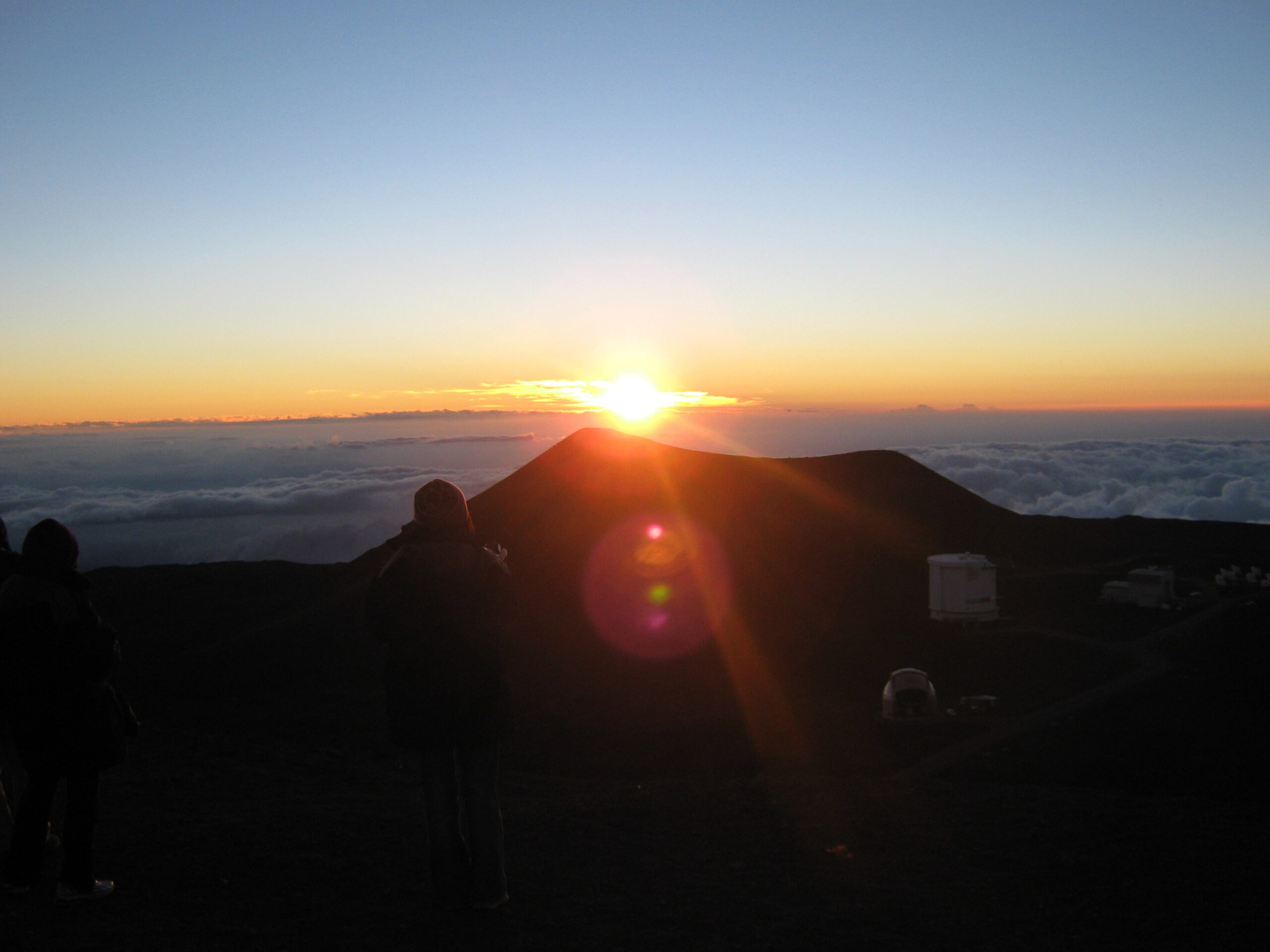During my senior year of college, I took a course called Decolonizing Education. For one assignment in this class, I decided to redo a podcast I did my freshman year as an assignment for my World Music course. The assignment was to use music as an avenue to discuss a subject or topic that we cared about. I decided to create a playlist/podcast that focused on the Hawaiian Sovereignty Movement, which also focuses on the importance of Native Hawaiians learning their language and traditional practices as a way of reclaiming their identity.
Due to the nature of the original assignment being for a World Music course, the original product was heavily focused on several songs and using them as the primary form of communicating the history and goals of the Hawaiian Sovereignty Movement, as well as directly referencing material that we discussed in that course. For this rewrite, I stripped back on the music so that it was no longer the primary source of information coming out of the podcast and instead decided to discuss in detail the movement itself using my voice.
As mentioned toward the beginning of the remake version, I believe that taking on the project fits very much with the first step suggested by Nikki Sanchez about taking time to understand who we are as individuals, as well as where we come from and the people who were originally from that land. As a non-Native Hawaiian born in Hawai’i, this connection seemed like a perfect fit. My goal in making this podcast episode was to learn more about the Hawaiian Sovereignty Movement and share this information with others to highlight the cause and be an ally.
This assignment also fits well with a reading from Joel Spring about deculturalization that we covered in the course. The controlling power in Hawai’i used the education system to control the Hawaiian people and destroy their language, culture, and history. Finally, it was interesting to see how the most recent surge within the movement fits well with the cycle of liberation laid out by Bobbie Harro. The construction of the Thirty Meter Telescope (TMT) served as the sparking point for a resurgence of the movement in protest to protect an important religious site and reassert Native Hawaiian influence into how the land could be used.
Unlike demonstrations in the past, this instance brought crowds to the mountain daily and that grew to the thousands on the weekends. However, this moved far beyond just a temporary protest and was structured around building a community and creating lasting change. The protest was used to teach those who gathered the history of Hawaiian people; for people to teach, learn, and use the Hawaiian language. It also served as an opportunity for people to learn various hula dances and meles that have helped spread awareness to an entirely new group of Hawaiians and supporters who may not have accessed these teachings beforehand.



